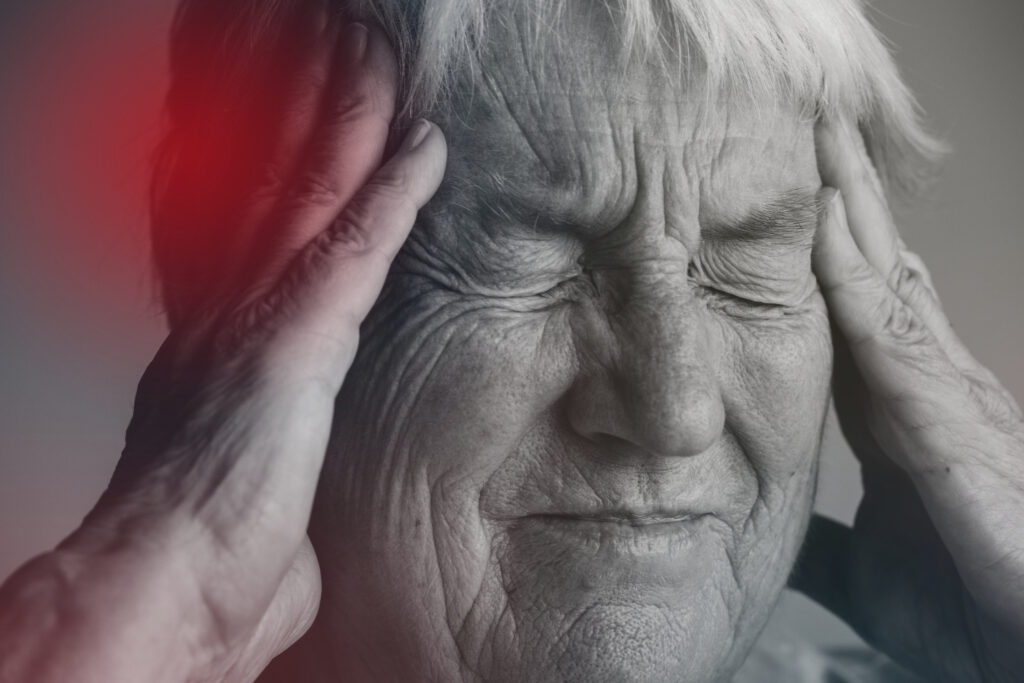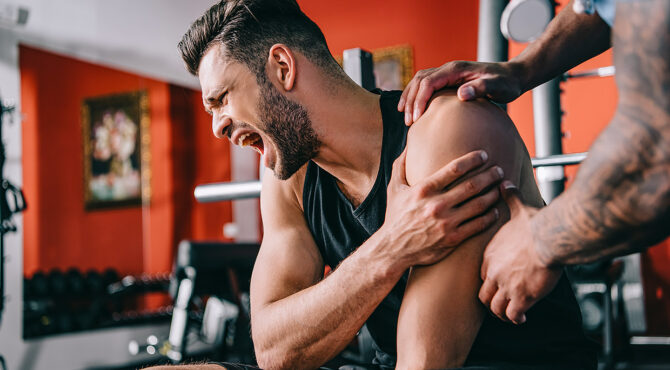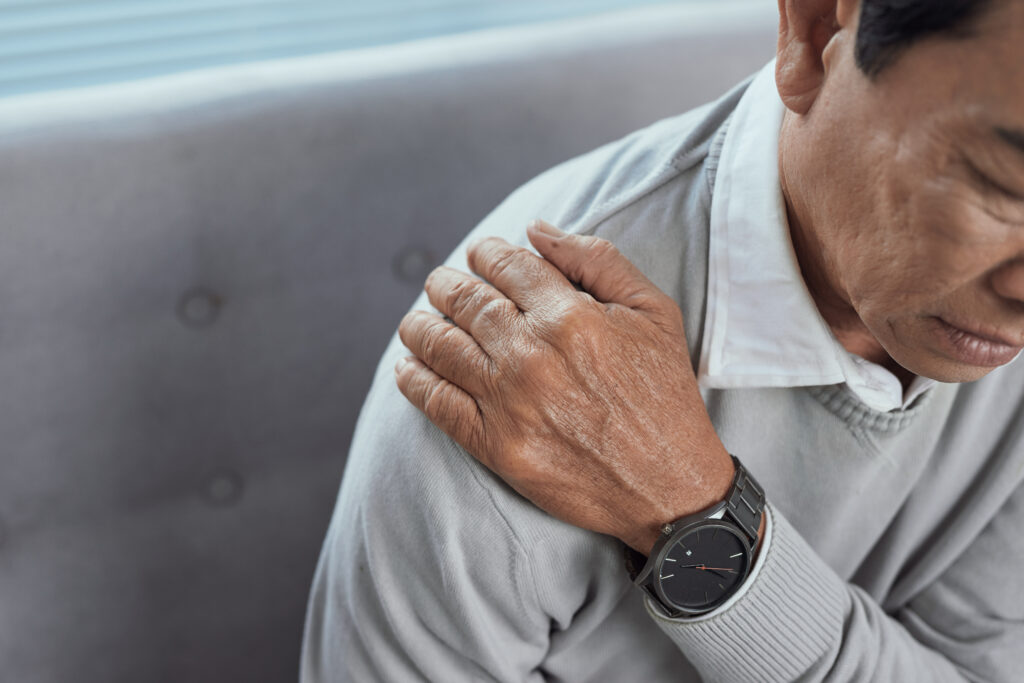When you face a sports injury, knowing the right relief techniques can make all the difference in your recovery. Techniques like physical therapy, chiropractic care, and cryotherapy not only help alleviate pain but also promote healing and enhance your mobility. Each method has its unique benefits, whether it's restoring function or accelerating recovery. But how do you determine which approach is best for your specific situation? Understanding the nuances of these techniques can guide you to a faster return to peak performance. Let's explore what each of these methods offers.
Understanding Sports Injuries
Sports injuries are more common than you might think, affecting athletes at all levels. Whether you're a weekend warrior or a professional competitor, understanding these injuries can help you prevent them and manage their impact. They can range from acute injuries, which happen suddenly, like a sprain or fracture, to chronic injuries, which develop over time due to repetitive stress, such as tendonitis.
It's essential to recognize the signs and symptoms of sports injuries. Pain, swelling, bruising, and limited range of motion are all indicators that something's wrong. Ignoring these symptoms can lead to more severe damage, so always listen to your body. If you push through the pain, you risk worsening your condition and extending your recovery time.
Different sports present unique risks. For instance, runners often deal with knee and ankle injuries, while contact sports might lead to concussions or shoulder injuries. Understanding the specific risks associated with your sport can help you take preventive measures. This might include proper warm-ups, stretching, and using the right equipment.
Additionally, you should be aware of your physical limits. Overtraining can lead to fatigue and increase the likelihood of injury. Make sure to incorporate rest days into your routine, allowing your body to recover and rebuild.
Physical Therapy Approaches
When dealing with a sports injury, physical therapy can be a game-changer in your recovery process. It focuses on restoring mobility, strength, and function, helping you get back to your sport faster and safer. A tailored physical therapy program addresses your specific needs, ensuring you receive targeted treatment that accelerates healing.
Your therapist will start with a thorough assessment to identify the extent of your injury. Based on this evaluation, they'll develop a personalized treatment plan that often includes exercises to improve flexibility and strength. These exercises not only help you regain function but also prevent future injuries by reinforcing the muscles and joints involved.
Manual therapy techniques, such as joint mobilization and soft tissue manipulation, may also be utilized. These hands-on approaches can alleviate pain, reduce swelling, and improve blood circulation, setting the stage for more effective rehabilitation.
Additionally, modalities like ultrasound or electrical stimulation can aid in pain relief and tissue healing.
Education plays an essential role in physical therapy. You'll learn proper techniques for stretching and strengthening exercises, as well as strategies to modify your activities to avoid aggravating your injury. The therapist will guide you through this process, ensuring you're confident in your ability to manage your recovery.
In essence, physical therapy equips you with the tools and knowledge necessary for a successful return to your sport, ultimately enhancing your performance and reducing the risk of re-injury. With the right approach, you'll be back on the field or court in no time.
Chiropractic Care Benefits
Chiropractic care offers effective pain reduction techniques that can help you manage discomfort from sports injuries.
You'll also experience enhanced mobility, allowing you to get back to your favorite activities faster.
Pain Reduction Techniques
Many athletes experience pain that can hinder their performance and daily activities. This discomfort can stem from injuries, muscle strains, or chronic conditions, making it essential to find effective pain reduction techniques.
Chiropractic care offers a powerful solution to help you regain control over your body and enhance your overall well-being.
Here are three key benefits of chiropractic care for pain reduction:
- Targeted Pain Relief: Chiropractors focus on the root cause of your pain, providing adjustments that alleviate pressure on nerves and reduce inflammation. You'll feel the difference in your daily activities.
- Natural Healing: Unlike medications, chiropractic care promotes natural healing. By aligning your spine and improving your body's mechanics, you can enhance recovery while minimizing reliance on painkillers.
- Improved Body Awareness: Regular chiropractic visits help you develop a better understanding of your body. This awareness can prevent future injuries and empower you to push your limits safely.
Incorporating chiropractic care into your routine not only reduces pain but also enhances your athletic performance.
Don't let discomfort hold you back—embrace the benefits of chiropractic care today!
Enhanced Mobility Improvement
Enhanced mobility is essential for athletes aiming to perform at their best. When you experience improved range of motion, you can execute movements more efficiently, reducing the risk of injury. Chiropractic care plays an important role in enhancing your mobility, focusing on spinal alignment and joint function.
Regular adjustments can alleviate tension in your muscles and joints, allowing for smoother movements. You'll find that even minor adjustments can lead to significant improvements in flexibility and coordination, vital for your sport.
Chiropractors often incorporate soft tissue techniques, which help release tightness and improve circulation, further enhancing your mobility.
You may also notice that chiropractic care helps you recover faster from injuries, enabling you to get back to your training routine sooner. By maintaining ideal alignment, you can prevent future injuries and keep your body functioning at peak performance.
Incorporating chiropractic care into your routine can also promote overall body awareness, helping you recognize when something feels off. This allows you to address issues before they escalate into serious problems.
Investing in enhanced mobility through chiropractic care can be a game-changer in your athletic performance.
Cryotherapy and Its Effects
Embracing cryotherapy can be a game-changer for athletes seeking relief from sports injuries. This innovative technique involves exposing your body to extreme cold for a short period, and it's known to deliver a range of benefits that can accelerate your recovery.
If you've been struggling with muscle soreness, inflammation, or fatigue, cryotherapy might just be the solution you need.
Here are three powerful effects of cryotherapy to contemplate:
- Reduced Inflammation: By lowering your body temperature, cryotherapy reduces blood flow to inflamed areas. This helps diminish swelling and allows your body to heal more efficiently.
- Pain Relief: The cold stimulates your body's natural pain relief mechanisms, releasing endorphins that can help you feel better almost instantly. You'll appreciate the relief from nagging pain that's been holding you back.
- Faster Recovery: Regular sessions can greatly speed up your recovery time after intense workouts or competitions. You'll find yourself back in the game sooner, ready to give it your all.
Incorporating cryotherapy into your recovery routine can't only alleviate pain but also enhance your overall performance.
As you step into the cryotherapy chamber, you're taking a bold step towards optimizing your journey as an athlete.
Don't let injuries slow you down—try cryotherapy and experience the transformative effects for yourself.
Acupuncture for Pain Relief
When you're dealing with sports injuries, acupuncture can be a powerful tool for pain relief.
It works by stimulating specific points in your body, triggering natural healing processes and reducing inflammation.
Plus, there's growing clinical evidence that supports its effectiveness, making it worth considering in your recovery plan.
Mechanism of Action
Acupuncture for pain relief operates through a fascinating mechanism that involves stimulating specific points on the body. When you receive acupuncture, fine needles are inserted into these strategic points, which triggers a cascade of responses. This process not only releases endorphins—your body's natural painkillers—but also enhances blood circulation and promotes healing.
Here are three key aspects of how this technique works:
- Pain Gate Control: Acupuncture activates the nervous system, which can block pain signals from reaching your brain. This effect can provide immediate relief from discomfort.
- Inflammation Reduction: By encouraging the release of anti-inflammatory substances, acupuncture helps reduce swelling and promotes faster recovery from injuries.
- Stress Relief: The process also calms your mind, lowering cortisol levels and allowing your body to focus on healing. This holistic approach complements physical recovery, making you feel more balanced.
Through these mechanisms, acupuncture not only addresses pain but also supports your overall well-being.
Clinical Evidence Supporting Efficacy
Numerous clinical studies have examined the effectiveness of acupuncture for pain relief, providing solid evidence to support its use. Research shows that acupuncture can greatly reduce pain levels in conditions like osteoarthritis, migraine, and chronic lower back pain. In a meta-analysis of randomized controlled trials, participants who received acupuncture reported greater pain relief compared to those who received standard care or placebo treatments.
You might be interested to know that acupuncture works by stimulating specific points on the body, which may release endorphins and enhance blood circulation. This mechanism helps alleviate pain and promote healing. In one study, patients with chronic pain experienced a 50% reduction in pain severity after a series of acupuncture sessions, highlighting its potential effectiveness.
Moreover, acupuncture's benefits extend beyond immediate pain relief. Many individuals report improved quality of life and better overall well-being after treatment.
While the results can vary, the consistent positive outcomes across various studies make acupuncture a valuable option for managing sports injuries and pain. If you're considering this technique, it's worth discussing with your healthcare provider to see if it's right for you.
Massage Therapy Techniques
Massage therapy techniques play an essential role in alleviating sports injuries and enhancing recovery. When you experience pain or tension from an injury, therapeutic massage can provide significant relief.
It's not just about relaxation; these techniques target specific muscles, increase blood flow, and promote healing.
Here are three key techniques that can make a difference in your recovery:
- Deep Tissue Massage: This technique focuses on deeper layers of muscle and connective tissue. It's particularly effective for chronic aches and pain, helping to break down scar tissue and tension that can hinder your recovery.
- Sports Massage: Tailored specifically for athletes, sports massage combines various techniques to prepare your body for peak performance and aid in recovery. Whether you're warming up before a big game or cooling down afterwards, this type of massage reduces soreness and enhances flexibility.
- Trigger Point Therapy: If you have tight knots in your muscles, trigger point therapy can be incredibly effective. By applying pressure to these specific areas, you can release tension and alleviate pain, allowing you to return to your sport with less discomfort.
Incorporating these massage techniques into your recovery routine can help you feel more like yourself sooner.
Not only do they relieve pain, but they also foster a sense of well-being, enabling you to get back to doing what you love with renewed vigor.
Don't underestimate the power of touch—healing is just a massage away!
Taping and Bracing Methods
Taping and bracing methods are essential tools in your recovery toolkit when dealing with sports injuries. They provide the support and stability you need, allowing you to continue training or competing while minimizing the risk of further injury.
Whether it's a sprained ankle or a knee issue, these techniques can help you manage pain and facilitate healing.
When you use tape, you can enhance proprioception, which is your body's ability to sense movement and position. This added awareness can prevent you from making movements that could aggravate your injury.
Athletic tape can also limit the range of motion in the affected area, providing necessary support without completely immobilizing it. This balance allows for some movement while protecting the injury.
Bracing methods, on the other hand, give you a more rigid form of support. Braces are designed to stabilize joints and can be particularly useful for more serious injuries.
They come in various types, including those that allow for controlled movement and those that immobilize the joint completely. Choosing the right brace can depend on the severity of your injury and your specific needs.
Nutritional Support for Recovery
While taping and bracing provide physical support during your recovery, nutritional support plays a key role in healing from sports injuries. What you eat can greatly affect your body's ability to repair itself, so it's important to focus on a balanced diet that promotes recovery.
Here are three essential components to include in your meals:
- Protein: This macronutrient is fundamental for muscle repair and growth. Incorporate lean meats, fish, eggs, and plant-based sources like beans and lentils into your diet to guarantee you're getting enough protein to support your recovery.
- Omega-3 Fatty Acids: Found in fatty fish like salmon, walnuts, and flaxseeds, omega-3s help reduce inflammation and speed up healing. Including these in your diet can ease pain and swelling, making recovery more manageable.
- Antioxidants: Foods rich in antioxidants, such as berries, dark leafy greens, and nuts, can protect your cells from damage and support overall health. These nutrients combat oxidative stress, which often increases after an injury.
Don't underestimate the power of proper nutrition. By fueling your body with the right nutrients, you'll not only enhance your recovery process but also prepare yourself for future challenges.
Conclusion
Incorporating these top sports injury relief techniques can make a significant difference in your recovery journey. Whether you choose physical therapy, chiropractic care, cryotherapy, acupuncture, or massage therapy, each method offers unique benefits that can help you heal faster and return to peak performance. Don't forget the importance of taping, bracing, and proper nutrition to support your recovery. By taking a thorough approach, you're setting yourself up for a stronger comeback and a healthier future in your sport.



